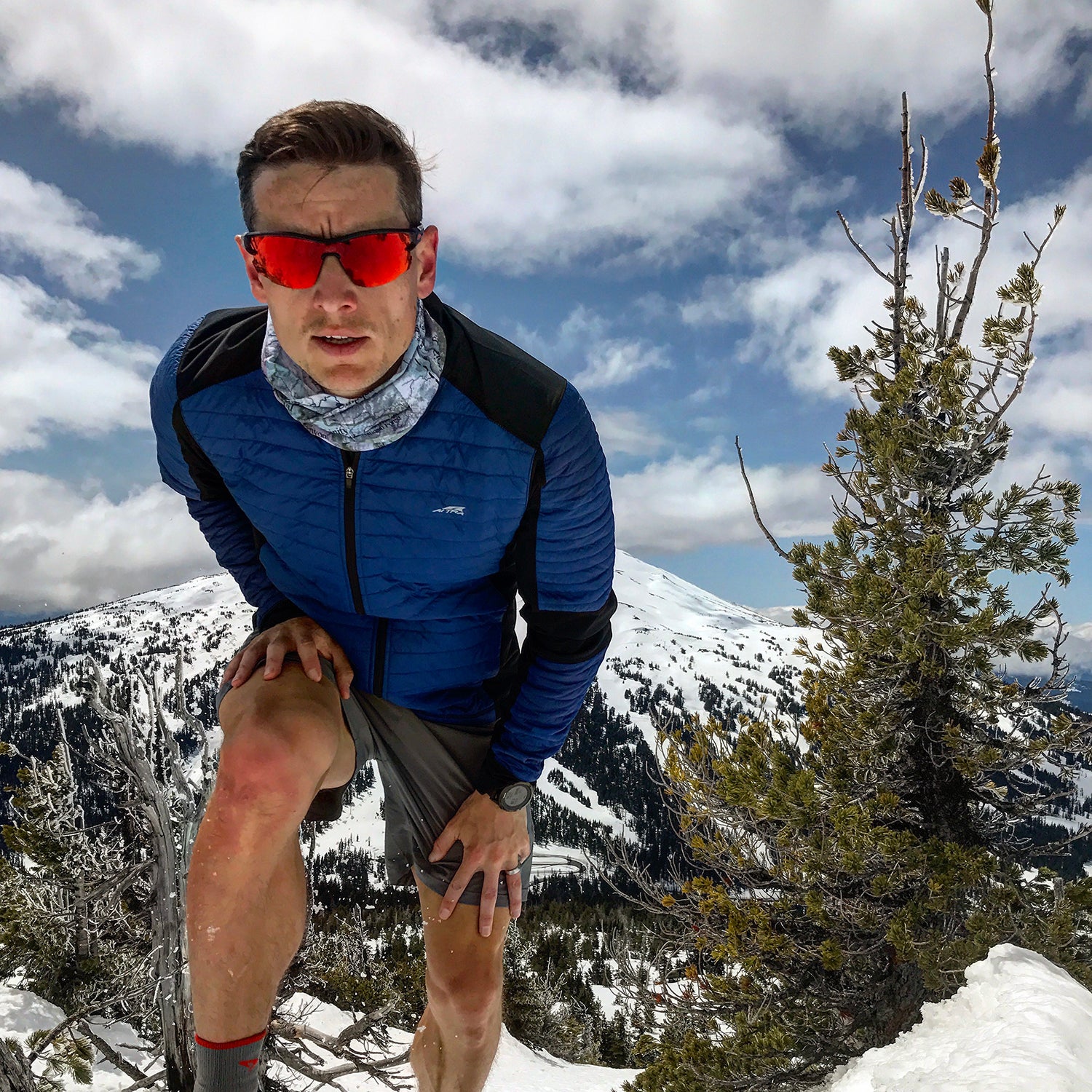Reaching peak fitness requires workouts and recovery. Here, five pros and one recovery specialist share the tools they use to prevent injury and prime their bodies for the next interval.
Hyperice Vyper 2.0 Vibrating Fitness Roller ($199)
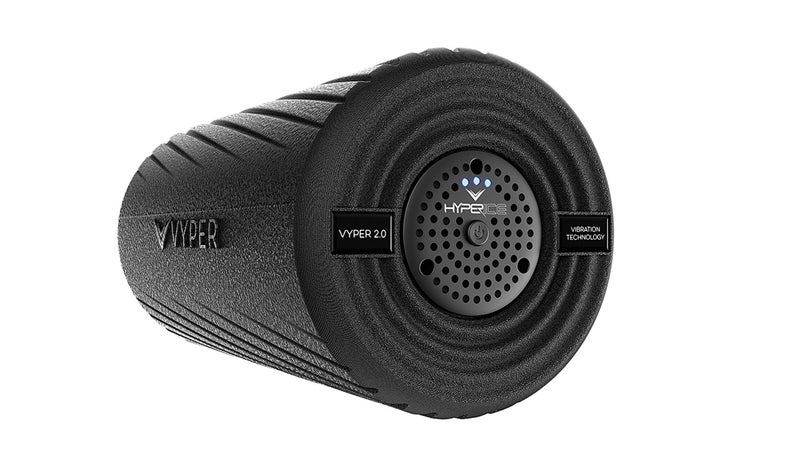
Ian Sharman, Ultrarunner and Endurance Coach
Most days after a run, you’ll find four-time Leadville 100 champion Ian Sharman rolling out his hips, quads, hamstrings, and calves with . Hyperice is one of the firmest rollers on the market. That, along with the vibration setting, gives you a deeper massage than regular foam rolling. “You can go harder without hurting,” Sharman says. “I see it as form of active recovery. It increases blood flow, reduces tightness, and lowers your chance of biomechanical problems, which makes it worth the price.” Bonus: The Hyperice’s small size travels well.
Gu Energy Recovery Drink ($32)
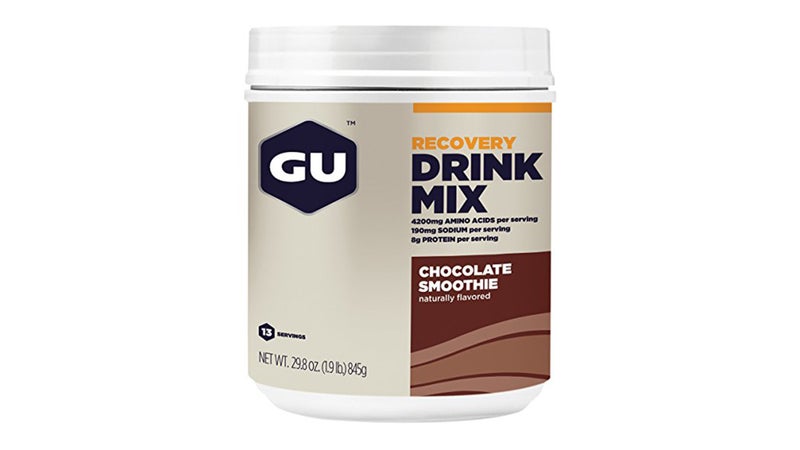
Emma Garrard, Pro XTerra Athlete
Professional multisport athlete and Gu ambassador Emma Garrard sums up her love for this in one word: convenience. “I have a full-time job and two kids under five, so I don’t have time to make a meal after workouts,” she says. “This ensures I get the right balance of carbs and protein.” The no-fuss, portable drink packs 10 grams of whey protein and includes a blend of carbohydrate sources, fructose, and maltodextrin to replenish glycogen stores. “Once, I didn’t have it and felt like crap,” Garrard says. “It’s one of the small details that makes a big difference in how I feel.” Garrard prefers the Vanilla Cream flavor for its versatility. “I can add cocoa powder if I want, or fruit to make a smoothie.”
The Wave Tool ($49)
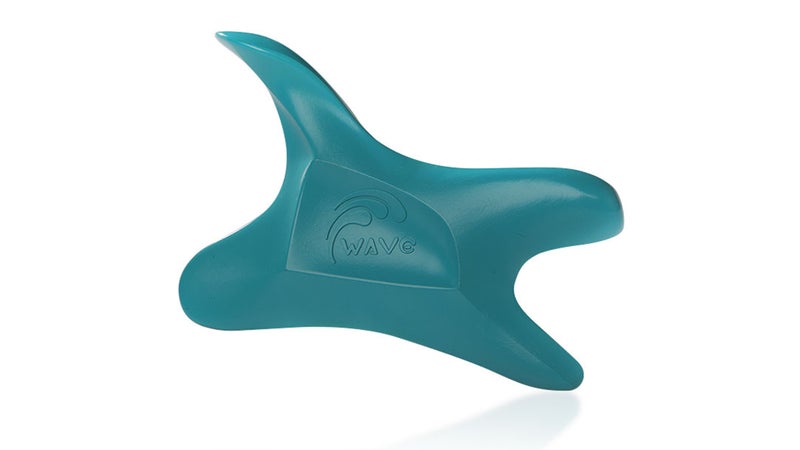
Keenan Takahashi, Professional Rock Climber
Keenan Takahashi, known for his first ascent of Terminus, a V12 in Bishop, California, and Ubuntu, a V13 in South Africa, was introduced to the by a fellow climber. The handheld device—designed with eight edges made for soft-tissue mobilization—has since become a regular part of his recovery routine. “It’s hard to get really deep with a ball or roller,” Takahashi says. “But with the Wave’s multiple sides—some straight, some rounded—you can really get specific with pressure and location.” The device was developed by two physical therapists and rock climbers, people who know what it takes to relieve pain and stay primed. Takahashi uses it regularly to release tension and adhesions in his forearms and fingers, but says it works really well on quads, calves, and shoulders—anywhere you (or a friend) can find the good hurt.
2XU Compression Tights ($69)
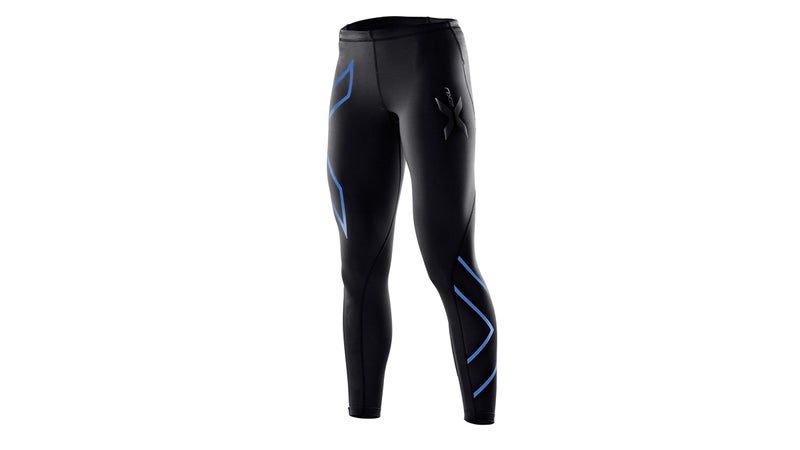
Sheri Piers, Elite Marathoner
Why only wear compression socks when the quads and hamstrings take a beating too? That’s the reasoning behind Sheri Piers’ decision to slip on these after long runs and speed workouts. “They reduce the throb I feel in my legs after hard workouts,” says Piers, a three-time competitor at the Olympic Marathon Trials. “They have that just-right amount of compression that feels secure and comforting without being restrictive.” Piers wears the tights for a few hours around the house, both while lounging and moving about, for a combination of rest and active recovery.
Gnarly BCAA ($36)
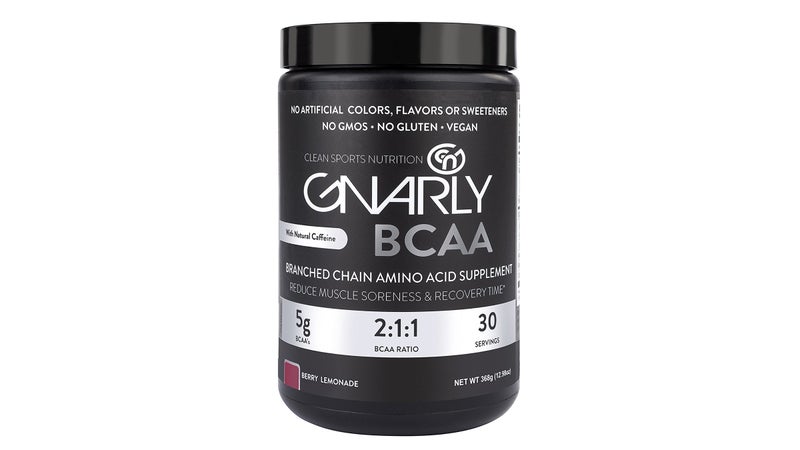
Michaela Kiersch, Professional Rock Climber
Michaela Kiersch usually does two workouts a day—a mix of hard bouldering, hangboarding, and campusing—and consumes a big glass of this in between. “BCAA [branched-chain amino acids] helps repair muscles. If I’m sore for my next session, my willpower goes down and I’m not able to do the intensity I want,” she says. “Keeping soreness down lets me do multiple higher-quality workouts every week.” Kiersch, a member of the U.S. National Team for bouldering and leads and owner of the first female ascents of Golden Ticket and Necessary Evil, also likes that Gnarly products are gluten-free, vegan, and GMO-free. She recommends the Berry Lemonade flavor: “It tastes like fruit punch, but isn’t too sweet.”
Prana E.C.O. Yoga Mat ($48)

Sage Rountree, Author of ‘The Athlete’s Guide to Recovery’
Good recovery is one part physical, one part mental, says yoga teacher Sage Rountree, who literally on athlete recovery. This thick (5mm), aids in both. “It’s the Cadillac of mats, meaning it’s a luxurious ride,” says Rountree, who has tested more than 50 mats over the past two decades. “It’s spongy enough for relaxing into a hip stretch or other pose, but thin enough to easily roll up and use as a bolster for supported backbends, bridge poses, and mini-inversions [feet up wall], which helps drain your legs after hard workouts.” Being supported by the mat is very calming for the nervous system, Rountree says, which helps you recover faster. She recommends finishing your sessions with a few minutes of mat meditation. “It teaches patience and self-awareness,” she says. “Being aware of what your body is telling you and honoring it is one of the keys to recovery and improving athletic performance.”


